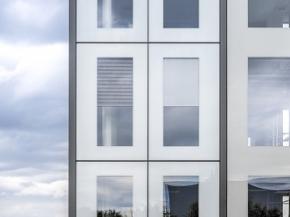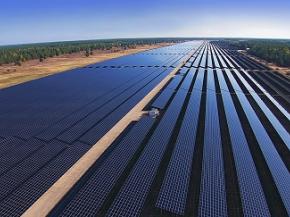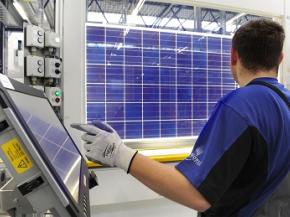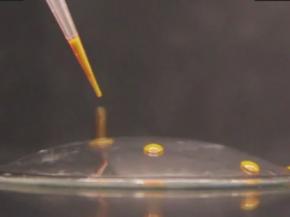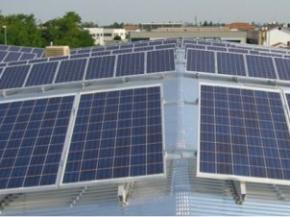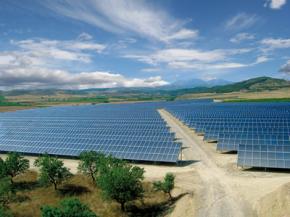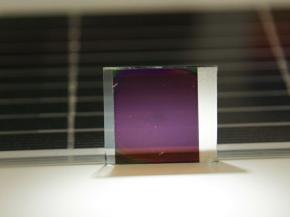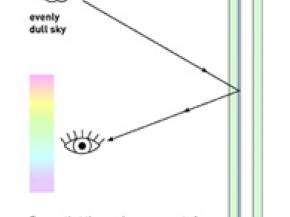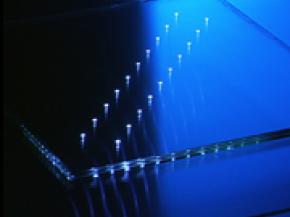Latest articles
| Modern, transparent and prestigious – large glass façades are very much in vogue for office complexes and industrial buildings.
| Over half the world’s seven billion inhabitants live in cities, by the year 2050 the number will grow to almost ten billion. In order to avoid a climatic collapse in the metropolises, there is no other alternative to energy-efficient buildings.
| Cities are eating up an increasing amount of heat and electricity. In order to reduce this consumption, buildings have to become increasingly efficient and integrate more renewable energies.
| The crisis of the photovoltaic industry is drawing to a close. While it is true demand for solar modules is dropping in Europe, demand in many other regions is rising rapidly.
| Although the costs for solar power have come down considerably lately, photovoltaics are still unable to compete with conventional energy sources.
| Resilient, ultraslippery glass could lead to self-cleaning, scratch-resistant windows, lenses, and solar panels
| The following approach describes a new encapsulation technology for glass-glass-modules using tempered thin glass as front and back sheets.
| The efficiency of photovoltaic modules is far from being exhausted. Companies are fighting on many fronts to gain percentage points.
| Photovoltaic modules are components used for the production of electricity from solar energy and, thanks to their morphological and constructive configuration, are suitable for integration in the external skins of buildings.
| PVB is increasingly assuming the leading role among alternative encapsulation materials for solar cells as the alternatives to Ethylene-Vinyl-Acetate (EVA)
| The article written by Mr. László Vákár and presented at the GPD 2009.Air pollution is high on the political agenda worldwide. Emissions have to be reduced.
| The progress obtained so far, and the future trends for the two most successful thin film solar cells, namely CulnGaSe2/CdS and CdTe/CdS, are described in this article.
| Glass is a versatile material. Especially large area applications such as facade solutions impart their own visual effect and therefore require a targeted selection of the appropriate product.
| The use of transparent glass in conducting electricity using LEDs, short for light emitting diodes, is increasing. LED's are approaching the lifespan of standard building materials, making it cost effective to embed them directly in structural…


